Yen Bai - Mr. Nguyen Tri Tue in Hamlet 5 Khe Sau, Dao Thinh Commune, Tran Yen District has been growing turmeric since February last year.
Turmeric came to Mr. Tue by chance: "At the end of 2021, when I went to summarize at Vietnam Cinnamon Production and Import-Export Joint Stock Company (Vina Samex), I saw a car carrying turmeric. I asked and found out that the company bought turmeric from Bac Kan province. When I asked more carefully, I found out that the company only bought turmeric grown in organic production areas. It was clear that we were still growing organic cinnamon to sell to businesses. So I thought about planting turmeric among cinnamon trees."
No sooner said than done, Mr. Tue immediately contacted villagers who grew turmeric to buy tubers to plant. He was able to buy nearly 400 kg of turmeric seeds, which cost 3 million VND at that time, to plant in February 2022. He intercropped this turmeric with his family's cinnamon plantation, which was 1-2 years old.
The first year of growing turmeric was also very simple, he did not apply fertilizer at first. During the whole 1 year from planting until harvesting turmeric last February, Mr. Tue only weeded 3 times. When the turmeric plants had leaves, weeding was very easy. When the turmeric leaves started to wither and fall to the ground, weeding became difficult.
The favorable thing in the first crop of turmeric that Mr. Tue planted was that no pests or diseases appeared on the plants and the turmeric plants were not picky about soil.
Vina Samex Company buys fresh yellow turmeric roots at 7,000 VND/kg, red turmeric has a higher price of 8,000 VND/kg. Last February, when harvesting the first turmeric crop, Mr. Tue got 4 tons of fresh roots. Thus, in reality, every 100 kg of seed roots will yield 1 ton of fresh roots.
When harvesting turmeric from the grower, he discovered that the amount of yellow turmeric was greater, and selling it to the company only fetched 7,000 VND/kg. Mr. Tue sold 1.7 tons of fresh turmeric to the company, and the rest he planted for the new crop in February this year and sold a little. After harvesting one crop of turmeric and finishing the second crop, Mr. Tue gradually gained more experience.
Learning from the first crop, he fertilized the turmeric plants with organic fertilizer right from the start of planting. Moreover, he also learned from the amount of turmeric tubers left to plant this crop: "I immediately removed the yellow turmeric tubers and only chose to plant red turmeric tubers."
Talking about the benefits of growing turmeric intercropped with cinnamon, the first thing Mr. Tue shared was that there was an additional source of income. If compared on the same cultivated area, the same planting and harvesting time, turmeric is certainly 5 times higher than cassava in terms of economic value for growers. In particular, cinnamon hills intercropped with turmeric are always greener than other cinnamon hills. In addition, when the turmeric leaves wither, just leave them in place, both to remove weeds and to become organic fertilizer.
Mr. Tue has and will continue to expand the scale of growing turmeric and cinnamon. He will also not grow cassava anymore, if he does, it will only be enough to feed his livestock. Currently, his family has about 20 hectares of cinnamon. If he wants to grow turmeric and cinnamon, the cinnamon hills that are 7-8 years old must be thinned out.
Sharing more about the plan to develop the turmeric growing area, Mr. Tue mentioned the condition that there must be enough 1 ton of fresh tubers for the enterprise to purchase and must be grown in an organic production area. For him, this is not difficult. However, for those who grow on a smaller scale and cannot meet that condition, he is willing to support them to have enough turmeric output to sell to the enterprise each time, as long as the product quality is guaranteed according to the enterprise's requirements. Mr. Tue said that if this can be done, turmeric will bring people a significant additional source of income.
Nguyen Thom
Source link

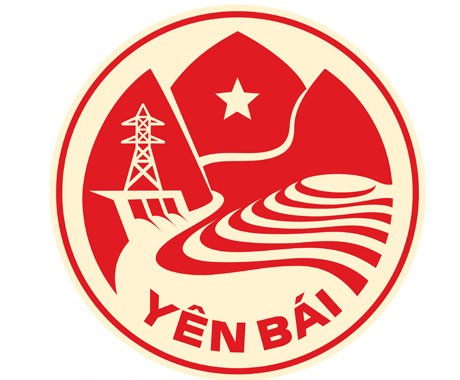




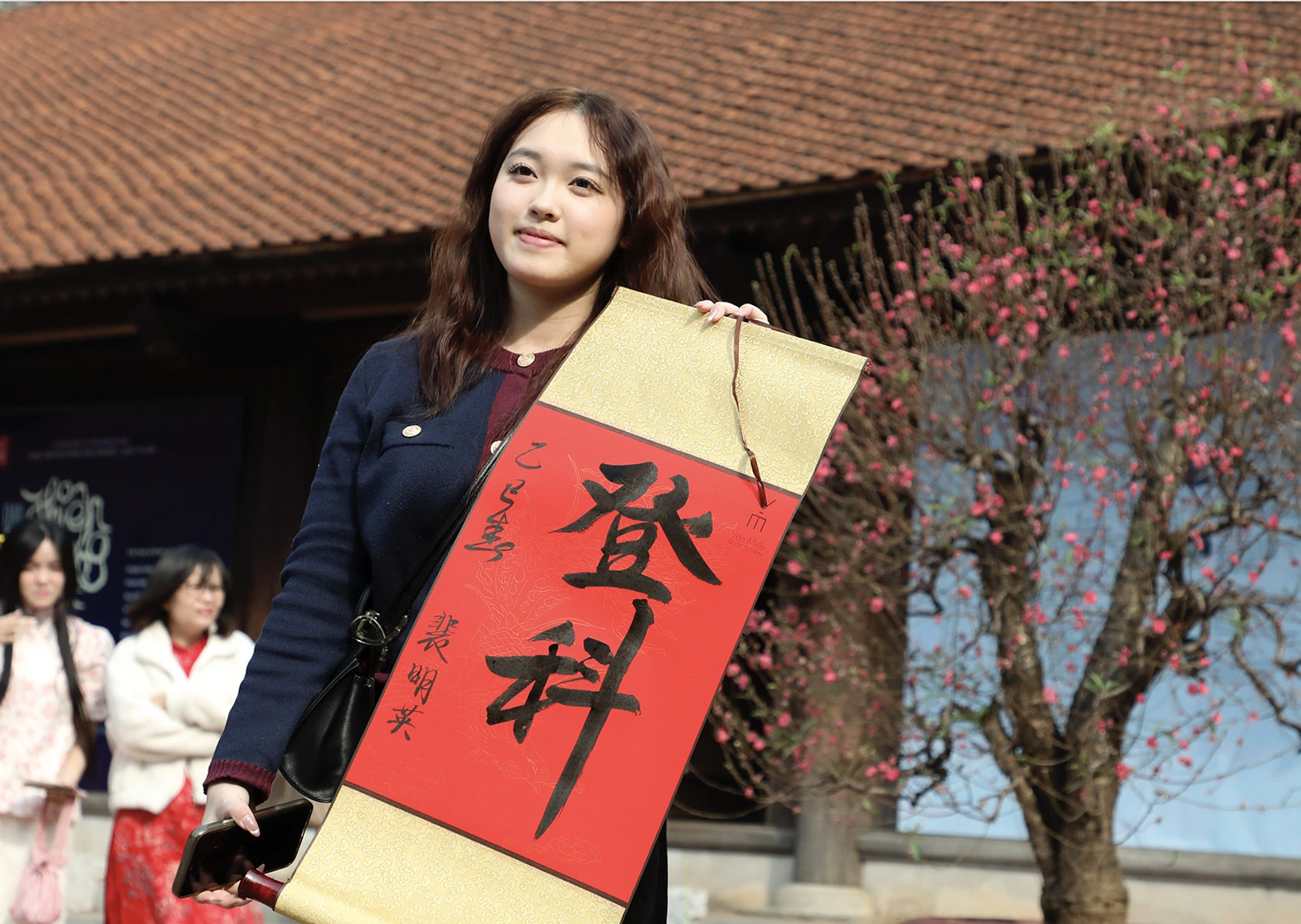
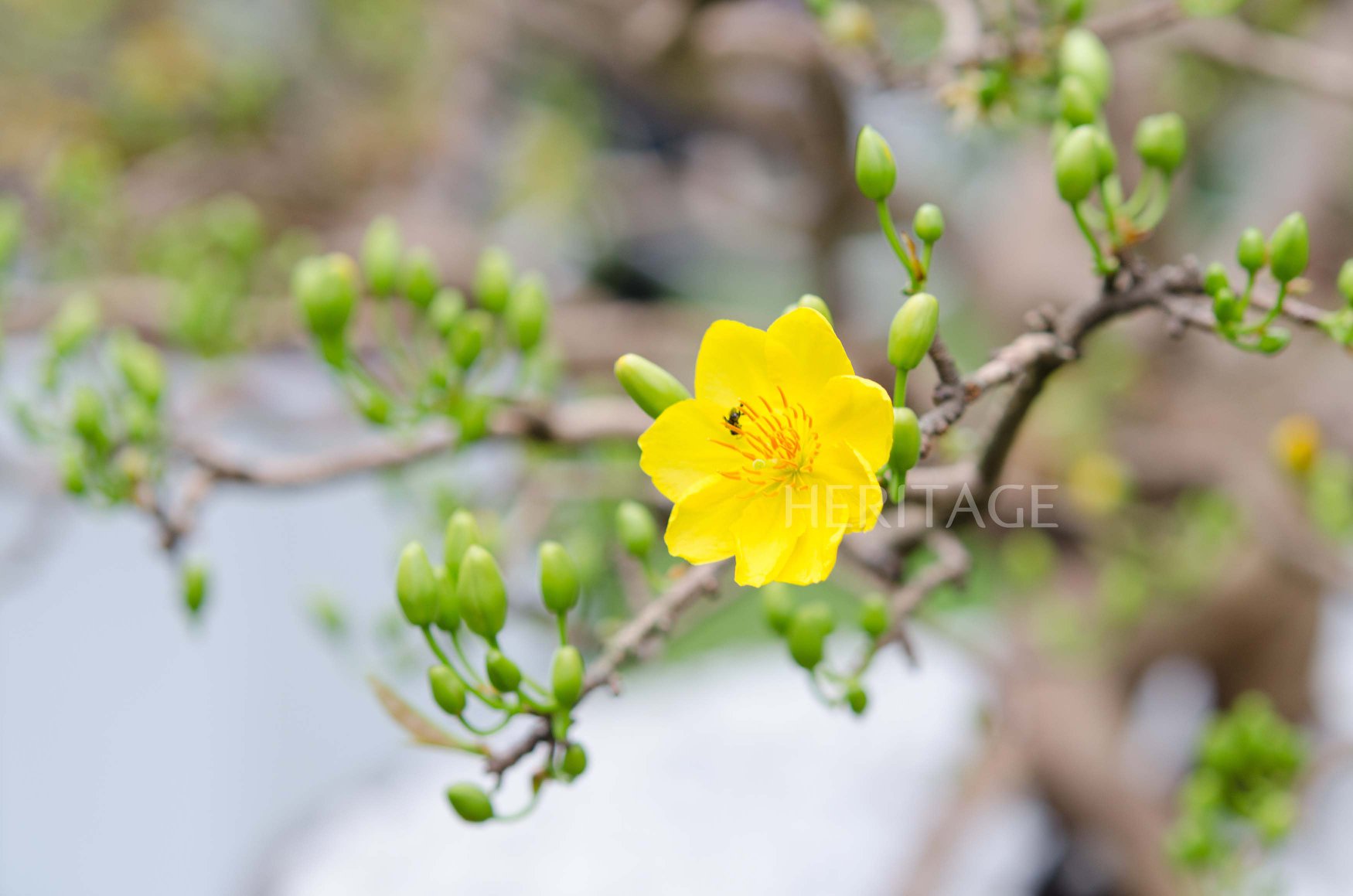














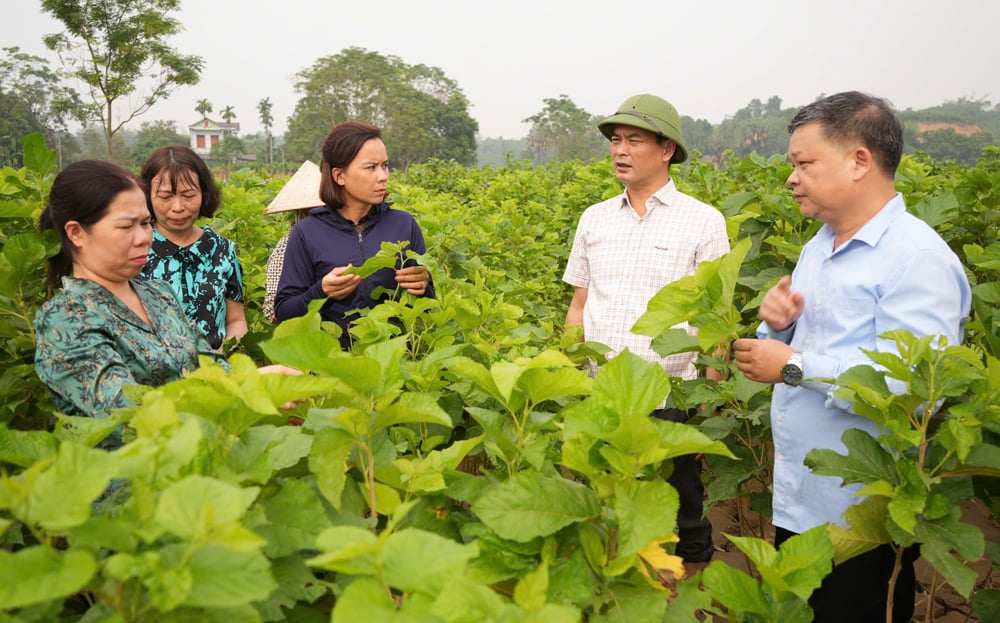

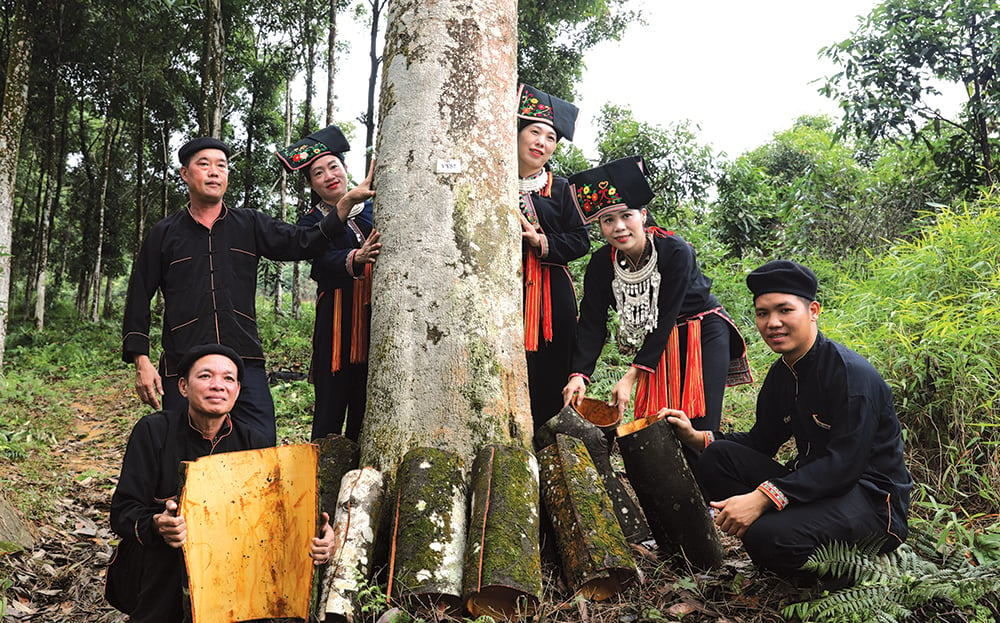

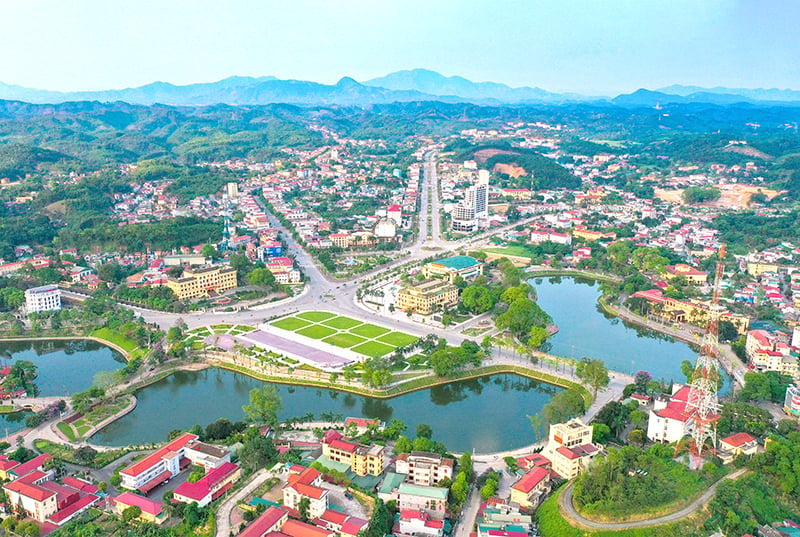

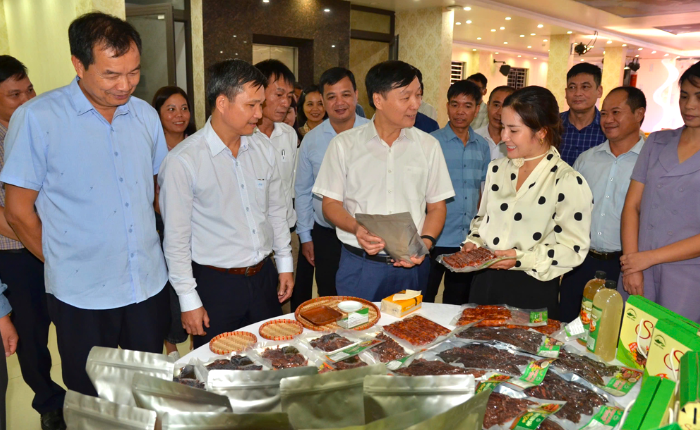
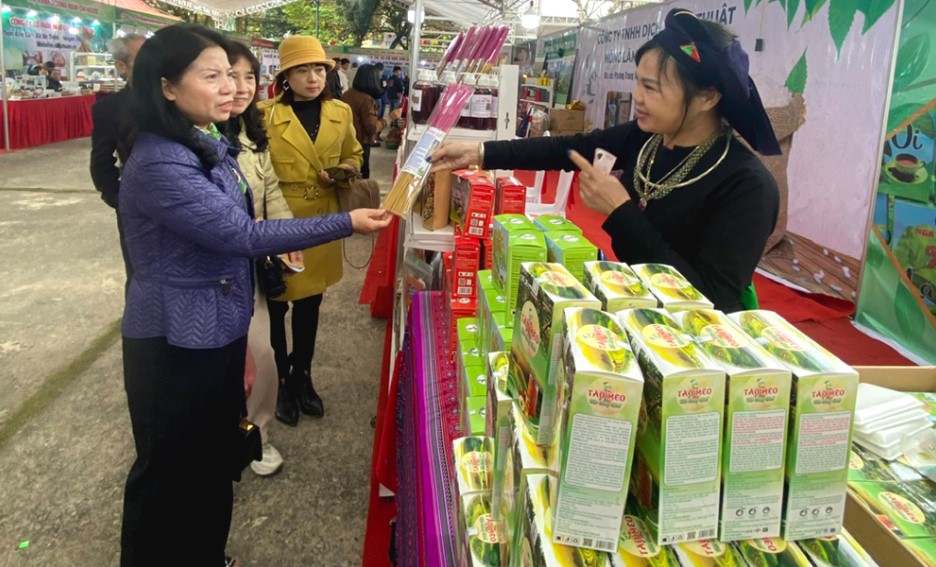
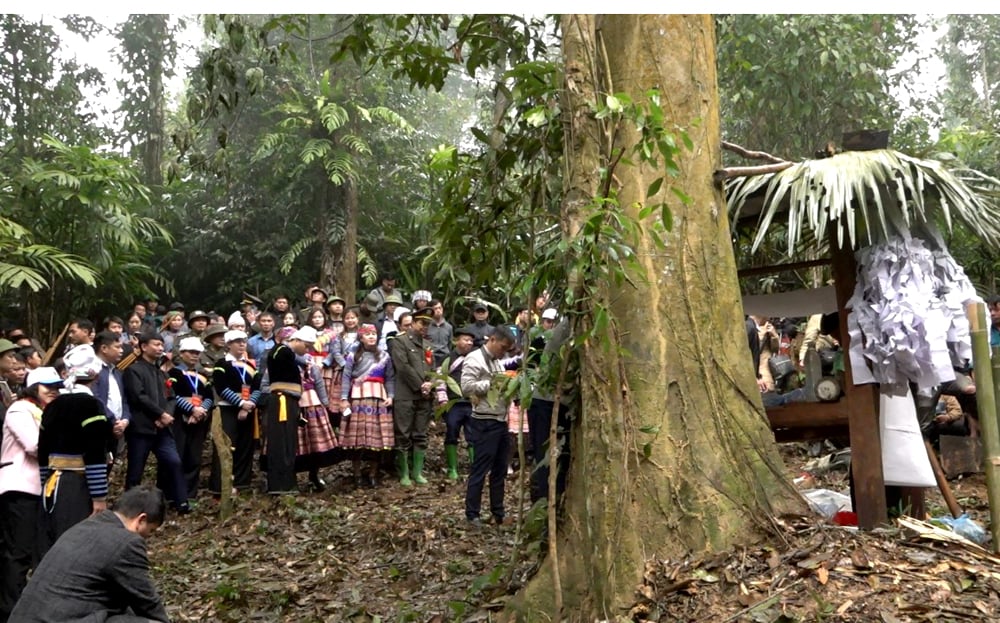
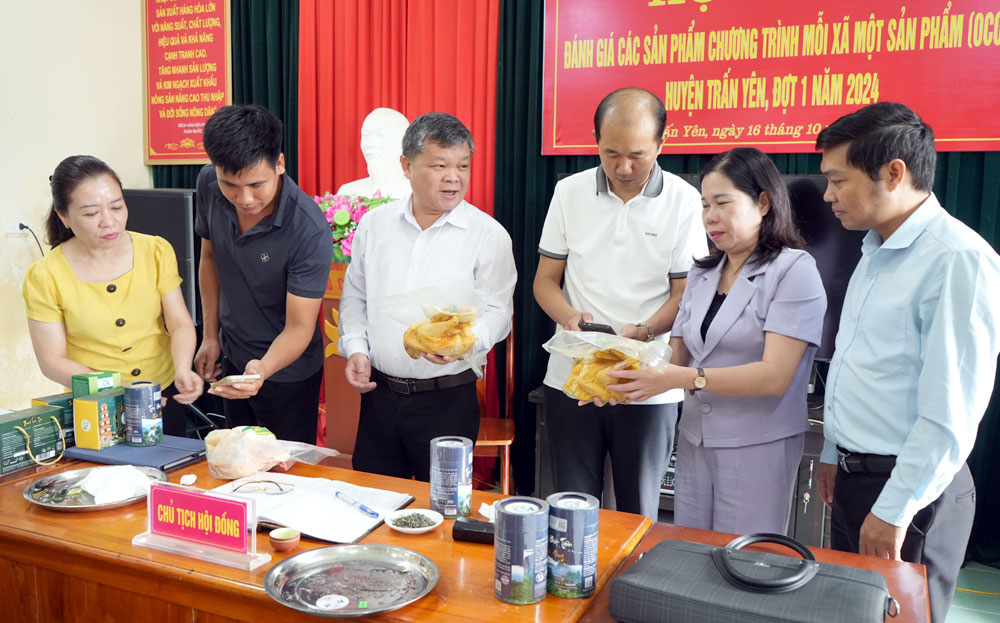
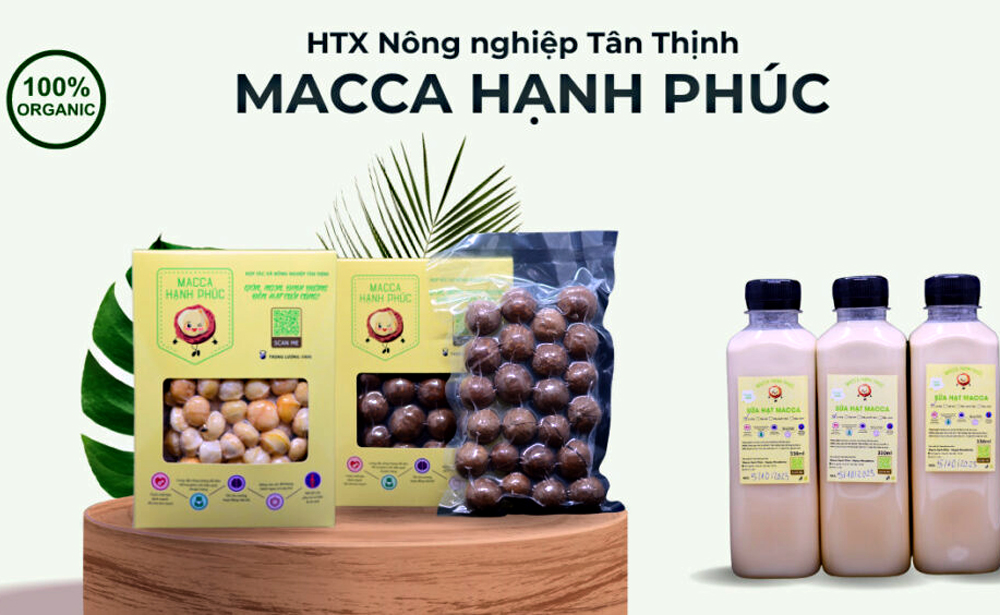
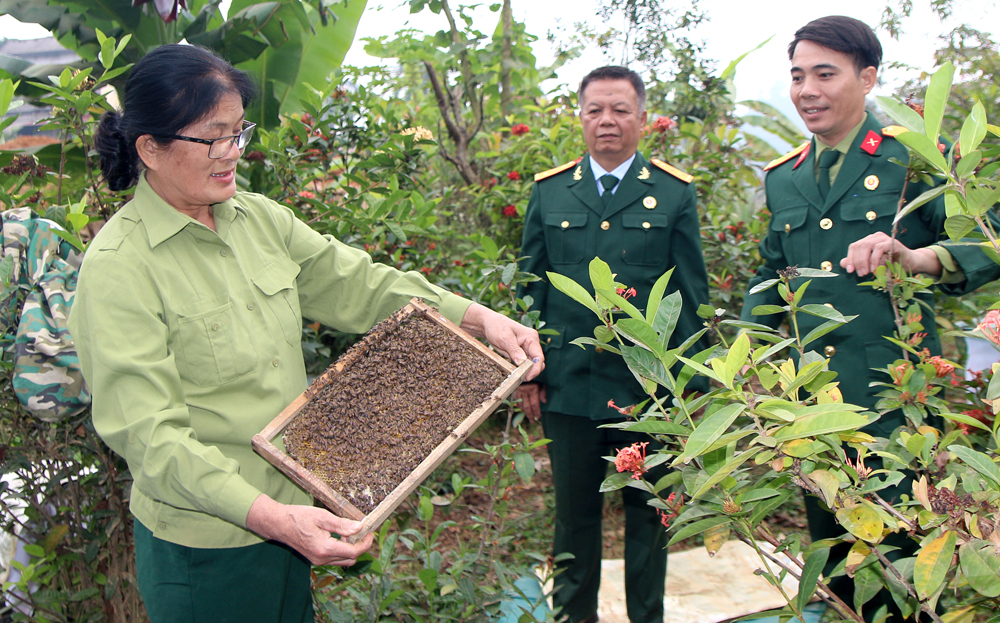






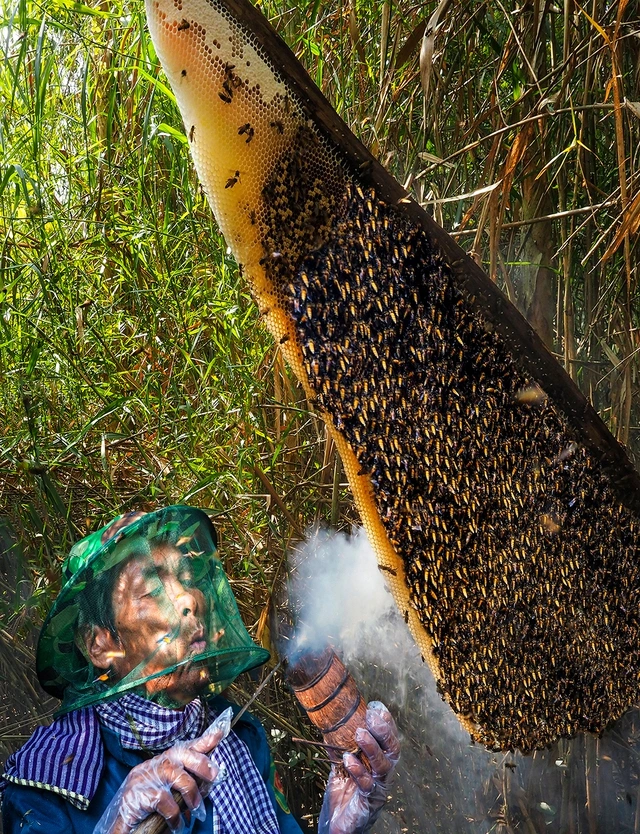







Comment (0)